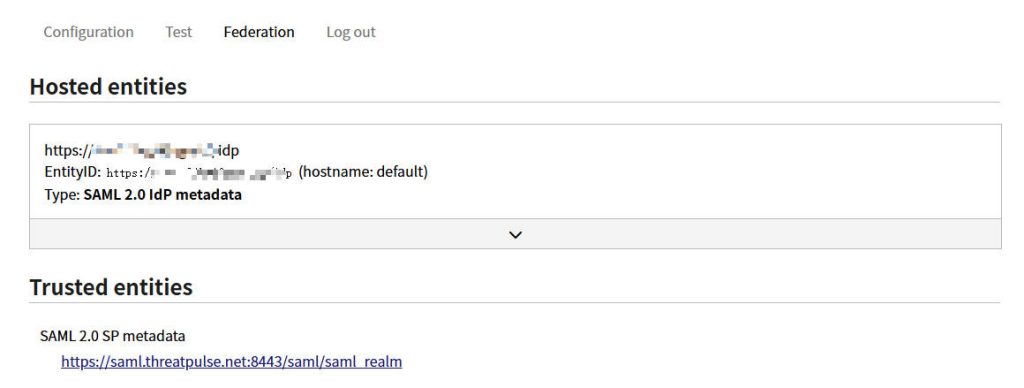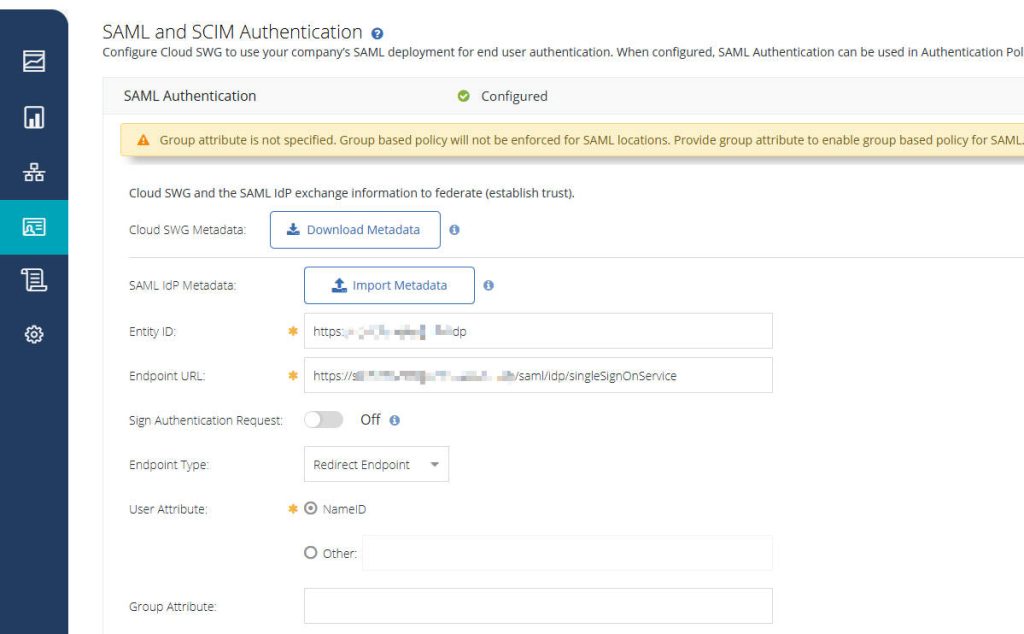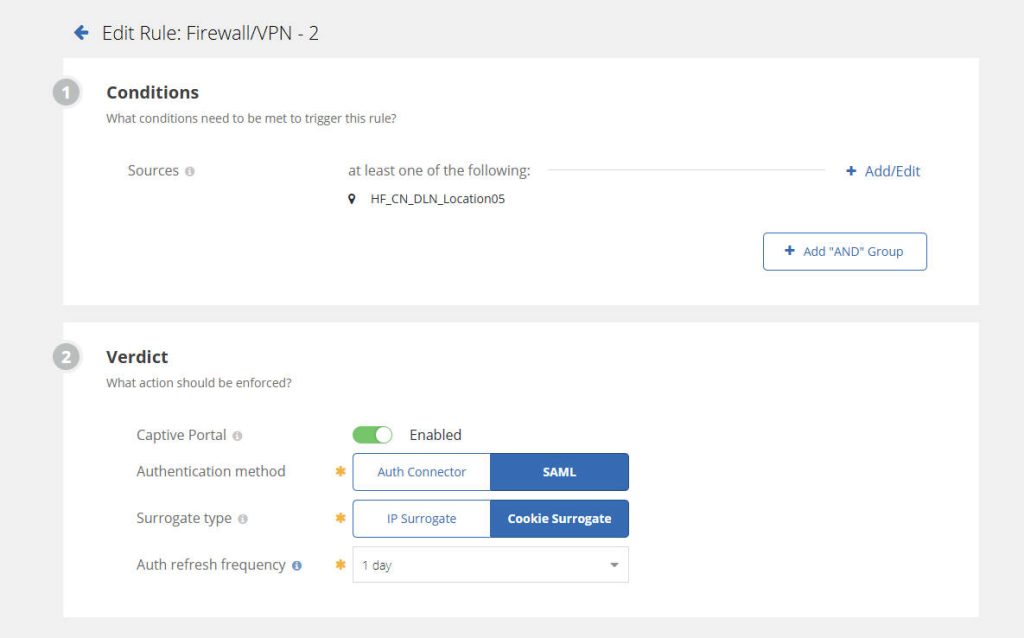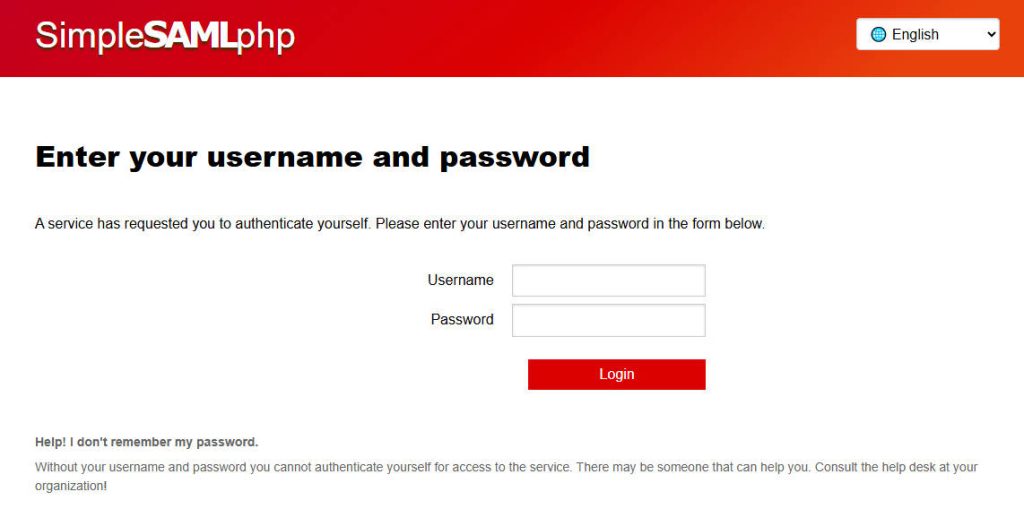Integrating Symantec Cloud SWG with SimpleSAMLphp for Seamless Authentication
In today’s cloud-centric world, securing web access is paramount. Symantec Cloud Secure Web Gateway (SWG) offers robust protection, but integrating it seamlessly with your existing identity providers is key to a smooth user experience. This guide will walk you through setting up SAML authentication between Symantec Cloud SWG and SimpleSAMLphp, a popular open-source PHP application for SAML 2.0 service providers and identity providers.
Why SAML Authentication?
SAML (Security Assertion Markup Language) is an XML-based open standard for exchanging authentication and authorization data between an identity provider (IdP) and a service provider (SP). For our setup:
- Symantec Cloud SWG acts as the Service Provider (SP), relying on an external system for user authentication.
- SimpleSAMLphp will be configured as our Identity Provider (IdP), responsible for authenticating users and sending assertions back to the SWG.
This approach offers:
- Single Sign-On (SSO): Users authenticate once with the IdP and gain access to resources protected by the SWG without re-entering credentials.
- Centralized User Management: User accounts are managed in your IdP, simplifying administration.
- Enhanced Security: Leveraging a dedicated IdP can provide advanced authentication features like multi-factor authentication (MFA).
Prerequisites
Before we dive in, ensure you have the following:
- Symantec Cloud SWG Account: Access to your Symantec Cloud SWG management console.
- SimpleSAMLphp Installation: SimpleSAMLphp installed and configured on your web server. If you haven’t, refer to the Installing SimpleSAMLphp with Nginx for installation instructions.
- Understanding of SAML: Basic familiarity with SAML concepts will be helpful.
Step-by-Step Configuration
We’ll divide this into two main parts: configuring SimpleSAMLphp (IdP) and configuring Symantec Cloud SWG (SP).
Part 1: Configuring SimpleSAMLphp (Identity Provider)
- Enable the IdP Module (
config.php): Ensure theenable.saml20-idpoption is set totrueinconfig.php:enable.saml20-idp' => true, - Configure Authentication Source (
authsources.php): Insimplesamlphp/config/authsources.php, define how SimpleSAMLphp will authenticate users. For simplicity, we’ll use theexample-staticauthentication source, but in a production environment, you’d integrate with an LDAP directory, database, etc.- Important: For production, integrate with a robust authentication backend like LDAP, a database, or an existing identity store.
'admin' => [
'core:AdminPassword',
],
'example-userpass' => [
'exampleauth:UserPass',
'users' => [
'student:studentpass' => [
'uid' => ['test'],
'eduPersonAffiliation' => ['member', 'student'],
],
'employee:employeepass' => [
'uid' => ['employee'],
'eduPersonAffiliation' => ['member', 'employee'],
],
],
],- Generate Certificates and Keys: SimpleSAMLphp needs an X.509 certificate and private key for signing SAML assertions. If you don’t have them, SimpleSAMLphp can generate them. Ensure these files (
saml.crtandsaml.pem) are in thesimplesamlphp/certdirectory.
cd /path/to/simplesamlphp/cert openssl req -newkey rsa:2048 -new -x509 -days 3650 -nodes -out saml.crt -keyout saml.pem
- Configure IdP Metadata (
saml20-idp-hosted.php): Insimplesamlphp/metadata, create or editsaml20-idp-hosted.php. This file defines your IdP’s metadata.https://your-simplesamlphp-domain.com/simplesaml/module.php/core/frontpage_auth.php) and view the IdP metadata under the “Federation” tab. Download this XML metadata file; you’ll need it for Symantec Cloud SWG.
<?php
$metadata['__DYNAMIC:1__'] = [
'host' => '__DEFAULT__',
'privatekey' => '/www/wwwroot/test.domain.com/cert/saml.pem',
'certificate' => '/www/wwwroot/test.domain.com/cert/saml.crt',
'auth' => 'example-userpass', // Or your configured auth source
];Part 2: Configuring Symantec Cloud SWG (Service Provider)
- Download IdP Metadata from SimpleSAMLphp and Import to SWG:
- First, ensure your SimpleSAMLphp IdP is configured and running.
- In your browser, navigate to your SimpleSAMLphp administration interface. This is typically a URL like
https://your-simplesamlphp-domain.com/simplesaml/module.php/admin. - Log in if required.
- Go to the “Federation” section.
- You’ll find a link like
https://your-simplesamlphp-domain.com/simplesaml/module.php/saml/idp/metadata– a direct download link for an XML file. - Access this link to download the XML metadata file to your local computer. This file contains all necessary information about SimpleSAMLphp as an Identity Provider, such as its entity ID, Single Sign-On URL, and signing certificate.

- Access the Cloud SWG Management Console: Log in to your Symantec Cloud SWG management console.
- Navigate to Authentication Settings: Go to Identity > SAML and SCIM Authentication.
- Configure the SAML Connector by Uploading Metadata:
- IdP Metadata: You will see an option to Upload Metadata File. Click “Import Metadata“, and then select the XML metadata file you just downloaded from SimpleSAMLphp. The system will automatically parse and populate the relevant fields (e.g., Identity Provider Issuer/Entity ID, SSO URL, Signing Certificate).
- Save the Configuration: After all settings are complete, save your SAML authentication connector configuration.
- Service Provider (SP) Metadata (from Cloud SWG): After saving the SAML connector configuration, You’ll need to download Service Provider (SP) metadata XML file. This metadata contains the SWG’s
entityIDand Assertion Consumer Service (ACS) URLs.

Part 3: Configure SimpleSAMLphp for the Service Provider (Symantec Cloud SWG)
Now, you need to tell SimpleSAMLphp about Symantec Cloud SWG as a Service Provider.
- Add SP Metadata to SimpleSAMLphp: In your
simplesamlphp/metadatadirectory, create or editsaml20-sp-remote.php. Add the SP metadata you obtained from Symantec Cloud SWG here.entityidmatches exactly the Service Provider Entity ID from the Symantec Cloud SWG metadata. Also, copy the signing certificate from the SWG metadata into the'certificate'field in SimpleSAMLphp.
<?php
$metadata['YOUR_SYMANTEC_CLOUD_SWG_ENTITY_ID'] = [
'SingleLogoutService' =>
[
0 =>
[
'Binding' => 'urn:oasis:names:tc:SAML:2.0:bindings:HTTP-Redirect',
'Location' => 'https://login.threatpulse.com/saml/logout', // Example, verify from SWG metadata
],
],
'AssertionConsumerService' =>
[
0 =>
[
'Binding' => 'urn:oasis:names:tc:SAML:2.0:bindings:HTTP-POST',
'Location' => 'https://login.threatpulse.com/saml/ac/acs', // Example, verify from SWG metadata
'index' => 0,
],
],
'nameIdFormat' => 'urn:oasis:names:tc:SAML:1.1:nameid-format:unspecified', // Or as required by SWG
'entityid' => 'YOUR_SYMANTEC_CLOUD_SWG_ENTITY_ID', // This is the SP Entity ID from SWG metadata
'redirect.validate' => TRUE, // Optional, can be set to false if issues, but enable for security
'certificate' => 'MII...[SWG CERTIFICATE CONTENT]...', // The SWG's signing certificate
];Testing the Integration
- Set Cloud SWG to use the SAML Connector: In your Symantec Cloud SWG policies, configure a policy that uses the newly created SAML authentication connector for web access.

- Access a Web Resource: From a client machine configured to use Symantec Cloud SWG, attempt to access an internet website that triggers authentication (e.g., a site blocked by policy that requires user login, or just a generic web access if your SWG is configured to always authenticate).
- Redirection to SimpleSAMLphp: You should be redirected to your SimpleSAMLphp login page.
- Authenticate: Enter the credentials for a user defined in your SimpleSAMLphp authentication source.
- Successful Access: If authentication is successful, SimpleSAMLphp will send a SAML assertion to Symantec Cloud SWG, and you should gain access to the web resource.

By following these steps, you can successfully integrate Symantec Cloud SWG with SimpleSAMLphp for robust and centralized SAML authentication, enhancing your organization’s web security posture and user experience.
Recent Comments